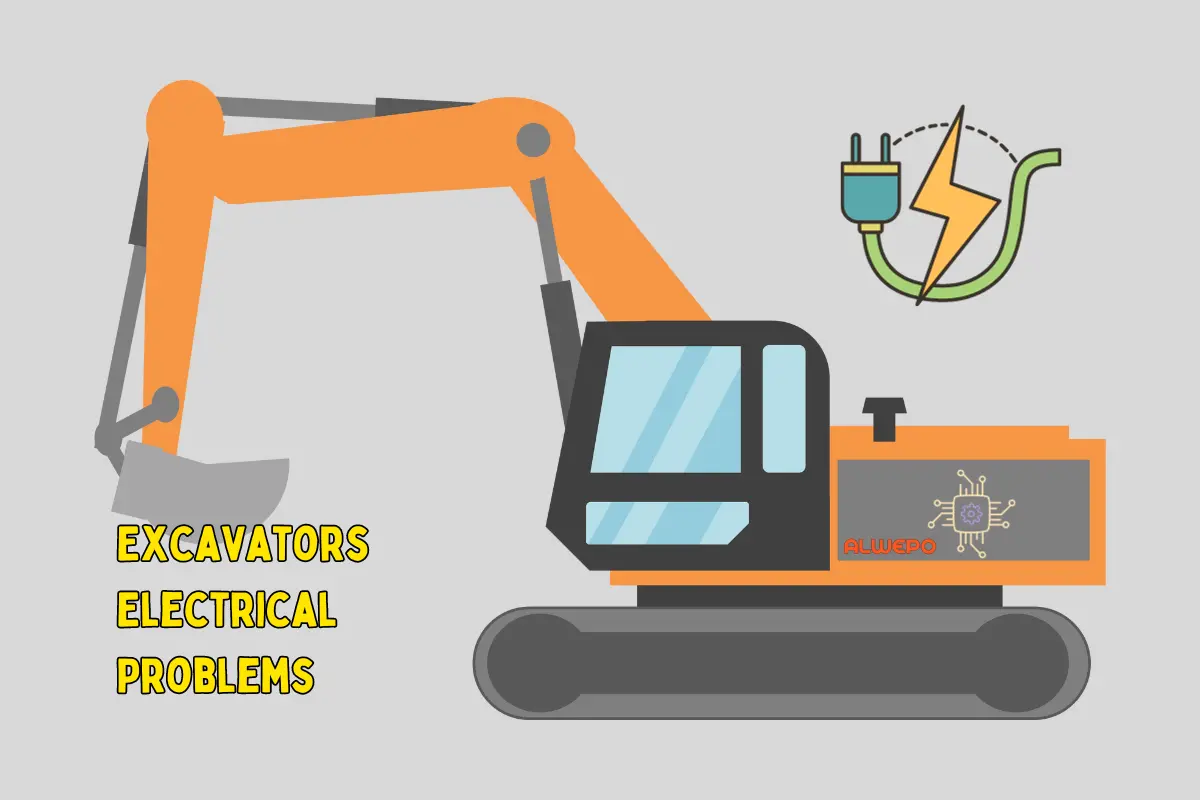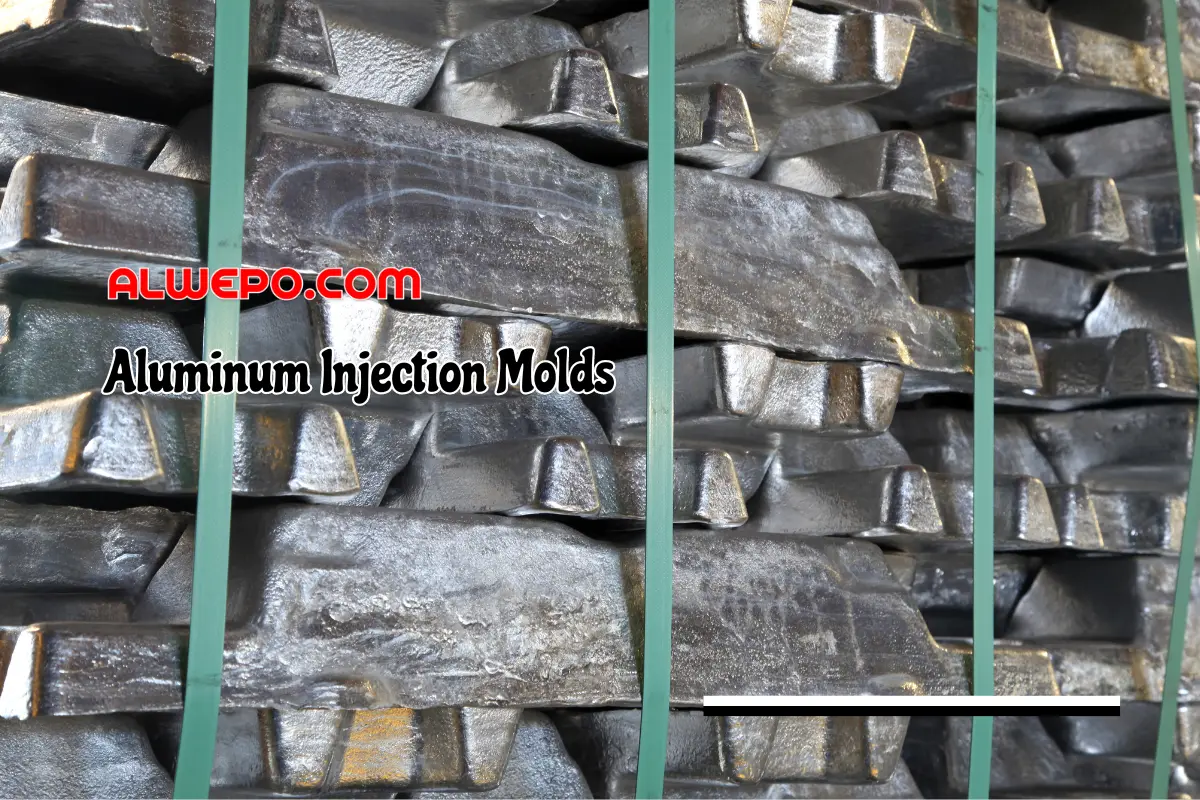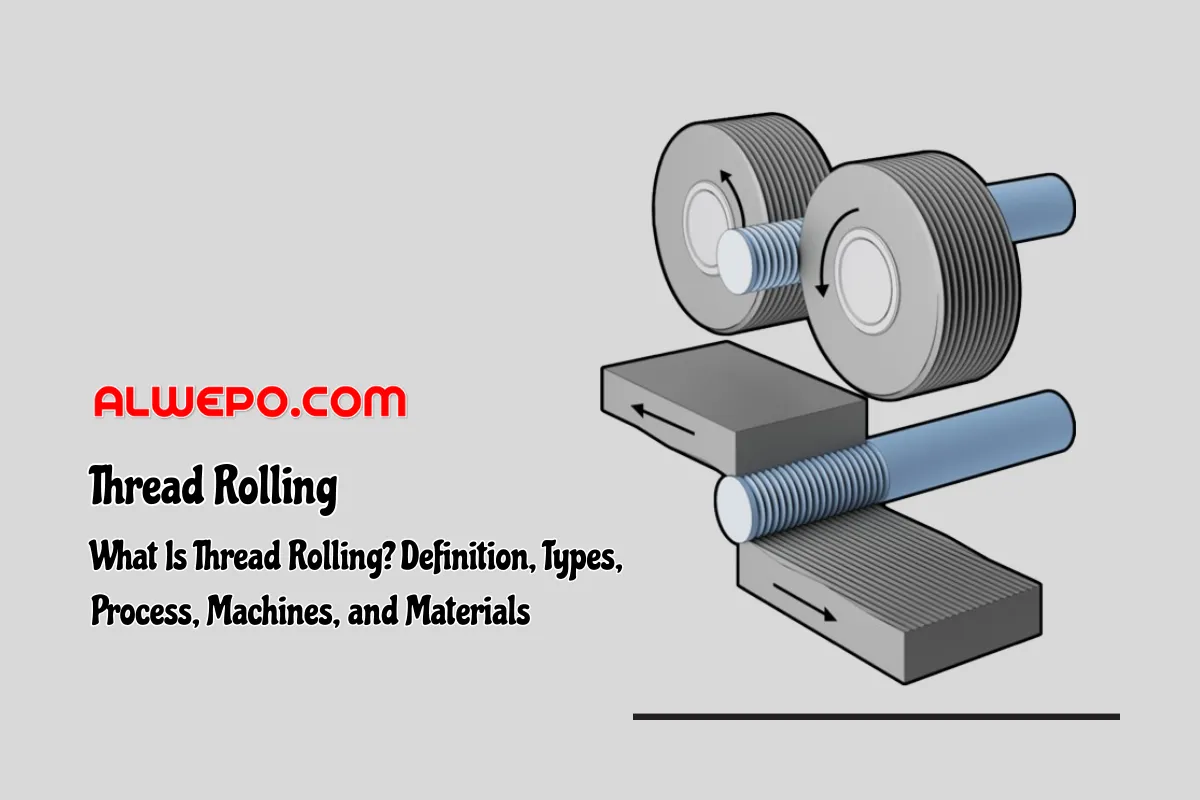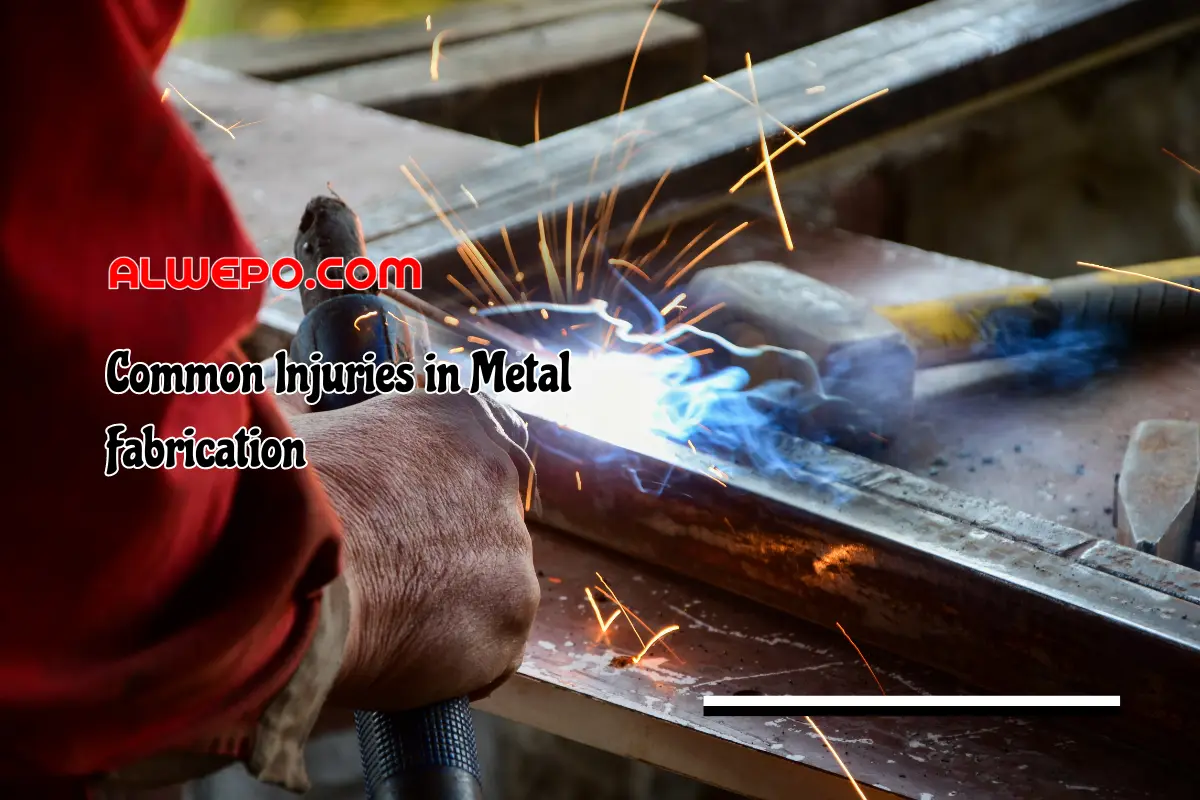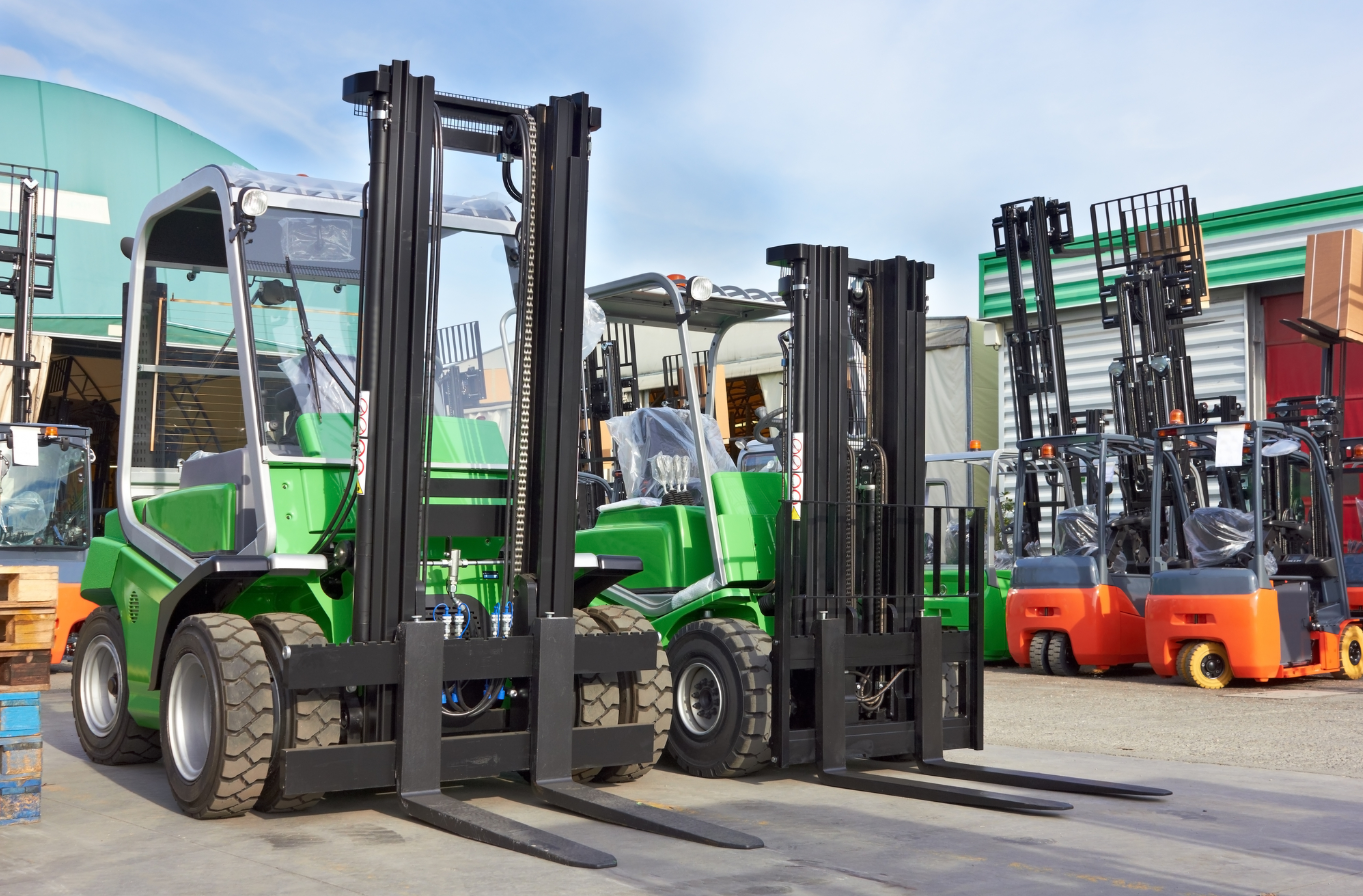When to Rent and When to Buy for Maximum Profit – Should you rent or buy construction equipment? We break down costs, flexibility, and long-term value to help you make the smartest choice for your projects.
Introduction: The $1.7 Trillion Equipment Dilemma
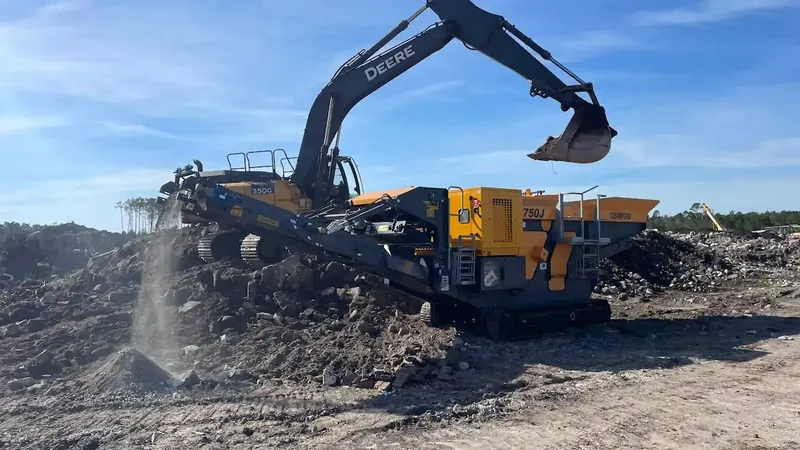
The global construction equipment market faces a critical question: rent or buy? With the average excavator costing $300,000+ and daily rentals at $1,200, the decision impacts:
-
💰 Project profitability (Up to 40% cost variance)
-
📅 Schedule flexibility
-
🛠️ Maintenance responsibilities
Quick Stat: 58% of contractors now use a mix of owned and rented equipment (Caterpillar 2023 Report).
1. Cost Comparison: Crunching the Numbers
Ownership Costs (Per Year)
| Expense | Typical Cost |
|---|---|
| Purchase Price (Financed) | $60,000-$150,000 |
| Insurance | $3,000-$8,000 |
| Maintenance | $15,000-$30,000 |
| Storage | $2,000-$5,000 |
| Depreciation | 20-35% of value |
Total 5-Year Cost: ~$450,000 for a mid-size excavator
Rental Costs (Example: 1-Year Project)
| Scenario | Cost |
|---|---|
| Short-term (Daily) | $1,200/day |
| Long-term (Monthly) | $15,000/month |
| Operating Cost Pass-Through | Fuel, damage, attachments |
Key Insight: Renting becomes cheaper than buying at <800 hours/year of use.
2. When to Buy: 5 Ideal Scenarios
-
High Utilization Rates
-
Equipment used 1,500+ hours/year
-
Example: Earthmoving contractors
-
-
Specialized Needs
-
Custom attachments or modifications
-
Example: Mining shovels with GPS grading
-
-
Fleet Standardization
-
Training/maintenance efficiencies
-
Example: Municipal road crews
-
-
Tax Advantages
-
Section 179 deductions (Up to $1.16M in 2023)
-
-
Resale Value Markets
-
Equipment with strong secondary demand
-
Example: Low-hour compactors
-
3. When to Rent: 6 Smart Situations
-
Short-Term Projects
-
<6 month durations
-
Savings: Avoid 25% depreciation hit
-
-
Uncertain Workloads
-
Boom/bust cycles
-
Flexibility: Scale fleet weekly
-
-
New Technology Needs
-
Test AI-grade control systems
-
Example: 3D excavator guidance
-
-
Remote Locations
-
Avoid $15,000+ transport fees
-
Pro Tip: Rent from local dealers
-
-
Regulatory Compliance
-
Latest Tier 5/Tier 4 Final engines
-
Avoid $50,000+ retrofit costs
-
-
Cash Flow Management
-
Preserve capital for labor/materials
-
4. Hidden Factors Most Contractors Miss
The Maintenance Trap of Ownership
-
Unexpected repairs cost $150-$400/hour
-
Downtime averages 29 days/year for older equipment
Rental Pitfalls
-
Availability Risks: 73% of contractors report shortages during peak seasons (AED)
-
Operational Limits: Mileage/usage clauses in contracts
Hybrid Solution: Rent-to-Own
-
3-5% of payments apply to purchase
-
Test equipment before committing
5. Decision Tool: Should You Rent or Buy?
Answer these 5 questions:
-
Annual Usage?
-
1,200 hrs = Buy | <800 hrs = Rent
-
-
Project Certainty?
-
Fixed backlog = Buy | Spot market = Rent
-
-
Technical Needs?
-
Standard = Buy | Specialized = Rent
-
-
Financial Position?
-
Strong balance sheet = Buy | Preserve cash = Rent
-
-
Staff Capabilities?
-
Mechanics on staff = Buy | No maintenance team = Rent
-
Case Study: A Midwest civil firm saved $2.7M/year by renting 60% of fleet during uncertain market conditions.
6. Future Trends Changing the Game
-
Equipment-as-a-Service
-
Pay-per-hour models (Like Komatsu’s SmartConstruction)
-
-
AI-Powered Utilization Tracking
-
Telematics determine optimal rent/buy mix
-
-
Green Equipment Transition
-
Rent electric/hydrogen machines before investing
-
Conclusion: The Smart Contractor’s Strategy
Top-performing firms use this approach:
For Core Equipment:
✔ Buy 2-3 standardized machines
✔ Finance at fixed rates
✔ Dedicate maintenance staff
For Variable Needs:
✔ Rent specialty attachments
✔ Use short-term leases for peaks
✔ Always compare dealer rates
Remember: The right choice today may change tomorrow—re-evaluate every 12-18 months.
What’s your rent/buy ratio? Share your experiences below!

